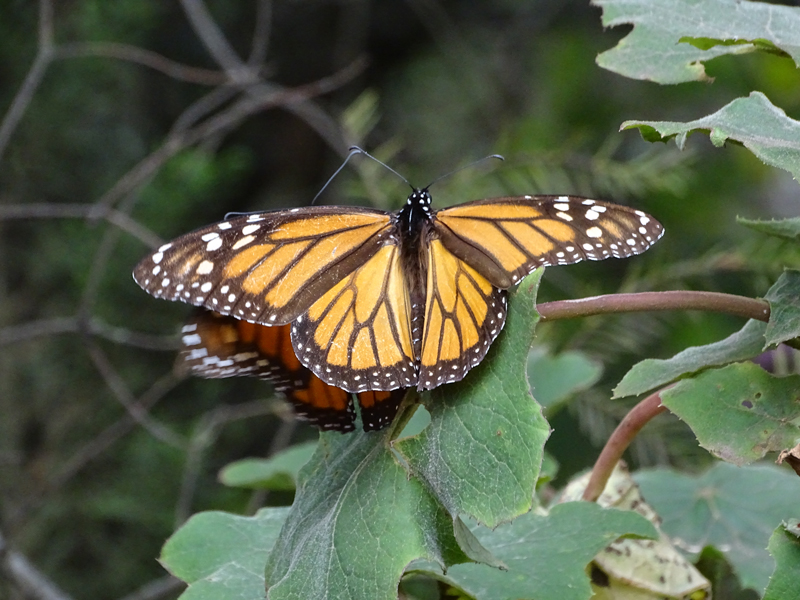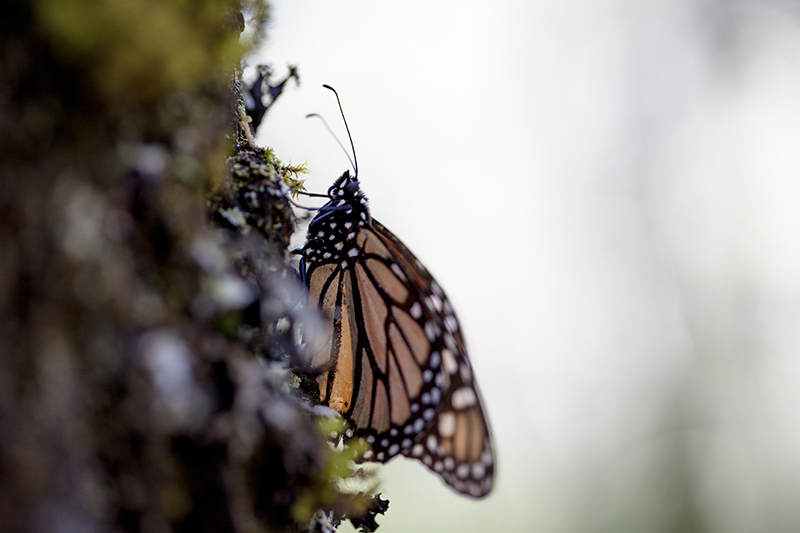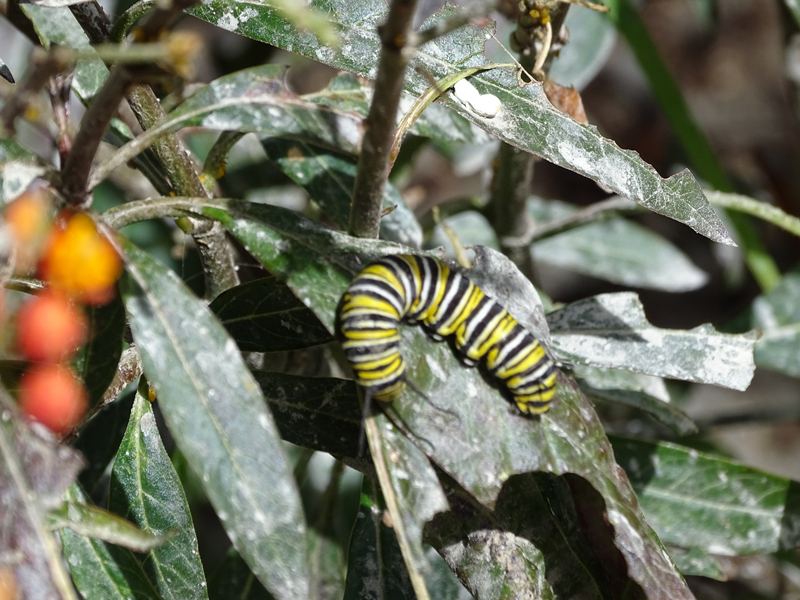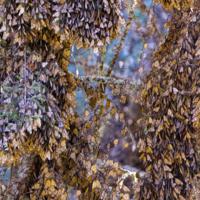The Holbrook Explorer
Tracking the Monarch Butterfly Migration
Tracking the Monarch Butterfly Migration
Where are they going?
Mexico bid its farewells to the monarch butterflies overwintering in the oyamel fir forests, and the spring season welcomes them into their northern migration. There are two populations of monarch butterflies divided geographically by the Rocky Mountains. The western population flies northward from the Baja Peninsula toward Washington and the Rockies. The eastern population flies northward from Mexico through the Midwest and eastern states. With a life span of 4-6 weeks, it takes the monarchs several generations to reach the north, providing many opportunities to admire the delightful insects from your own backyard.
What are they doing?
A natural phenomenon, the monarchs begin their journey in February and March when temperatures are rising and daylight is lasting. In a race to live their short yet grand lives, the first generation lay their eggs in the southern states starting in March and April to produce the next generation that will fall in line with the northern migration.

Tracking technology
How do researchers track the monarchs?
The Monarch Watch Organization conducts a seasonal, large-scale tagging program by engaging citizen scientists east of the Rockies. The program helps researchers understand the life cycle of these spectacular insects. Originally, tagging was used to help determine where overwintering monarchs in Mexico journeyed from. The program continues to help researchers collect valuable data to answer questions about migration dynamics, including the timing and pace, mortality, and changes in geographic distribution during the migration.
The physical tagging involves placing a small, circular, uniquely coded sticker on the wing of a monarch. Correctly placed tags are harmless to the fragile insects. Each season, Monarch Watch distributes over a quarter of a million tags to citizen scientists who record the tag code, gender of the butterfly, and geographic location, and then tag and release the butterflies. Tagging data are submitted and added to the organization’s database to be used in research.

See where others are tracking monarchs near you
Other organizations launch similar citizen science reporting campaigns that require photographing and recording your encounters, creating useful and shareable data for researchers. View Journey North’s tracking map to see where citizen science reporting is taking place across the US.
Technological advances
More advanced technologies are also being developed to better track these butterflies. For example, researchers at Iowa State University have used radio telemetry for tracking. Radio telemetry is a technique for tracking movement and behavior with small radio telemetry transmitters and specialized receivers. However, these methods are not in wide-spread use because they are cost prohibitive.

How you can help
Researchers lack information about the monarchs’ migration patterns during the months of February through April. They seek data that can help them understand this puzzling time period, so that they can learn how to support the populations better. To determine this missing link, Xerces Society created the Western Monarch Mystery Challenge, a ten-week campaign to encourage the general public to report their observations of monarchs outside of their overwintering sites.
If you live west of the Rocky Mountains, you can contribute to its conservation efforts. Participation is as simple as photographing a monarch (low-quality pictures are welcome), recording the date and location, and submitting your findings through the designated online form. For more submission options and resources on monarchs, visit the Western Monarch Count page.

More community science projects
If you live east of the Rockies, you can report your sightings to Journey North’s page. The organization tracks the northeastern migration of Monarchs — and other species — from Mexico. To actively participate in the Monarch Watch tagging program, visit its page and learn about the tagging kits. The contributions made by citizen scientists like you help to unveil the phenomenal migration story of the monarchs.
Does your backyard, neighborhood, or nearby park host milkweed plants? Female monarchs lay their eggs on native milkweed plants since newly hatched larvae eat the plant exclusively. Search for whorled, common, swamp milkweed, and butterfly weed, all native and found in most states. Milkweed is the only food source needed to grow and sustain each generation of monarchs. You may spot monarchs making the great migration north from Mexico. Consider planting milkweeds and nectar sources in your backyard to host monarch habitats, participate in gathering data for researchers, and witness a part of the monarch butterflies’ extraordinary life cycle.
If you capture a picture of a local Monarch, you can share it with the community by posting it on social media and tagging us @HolbrookTravel to encourage more citizen scientists!

